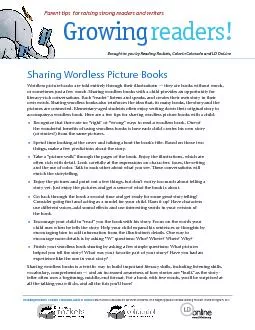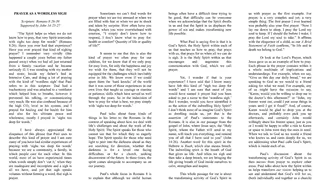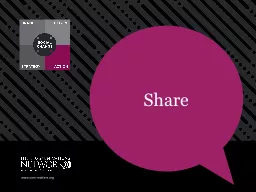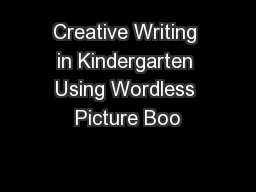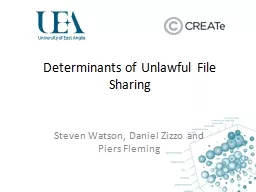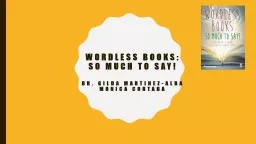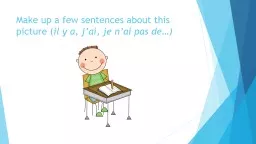PDF-Sharing Wordless Picture Books
Author : conchita-marotz | Published Date : 2015-12-09
Wordless picture books are told entirely through their illustrations 151 they are books without words or sometimes just a few words Sharing wordless books with a
Presentation Embed Code
Download Presentation
Download Presentation The PPT/PDF document "Sharing Wordless Picture Books" is the property of its rightful owner. Permission is granted to download and print the materials on this website for personal, non-commercial use only, and to display it on your personal computer provided you do not modify the materials and that you retain all copyright notices contained in the materials. By downloading content from our website, you accept the terms of this agreement.
Sharing Wordless Picture Books: Transcript
Download Rules Of Document
"Sharing Wordless Picture Books"The content belongs to its owner. You may download and print it for personal use, without modification, and keep all copyright notices. By downloading, you agree to these terms.
Related Documents

